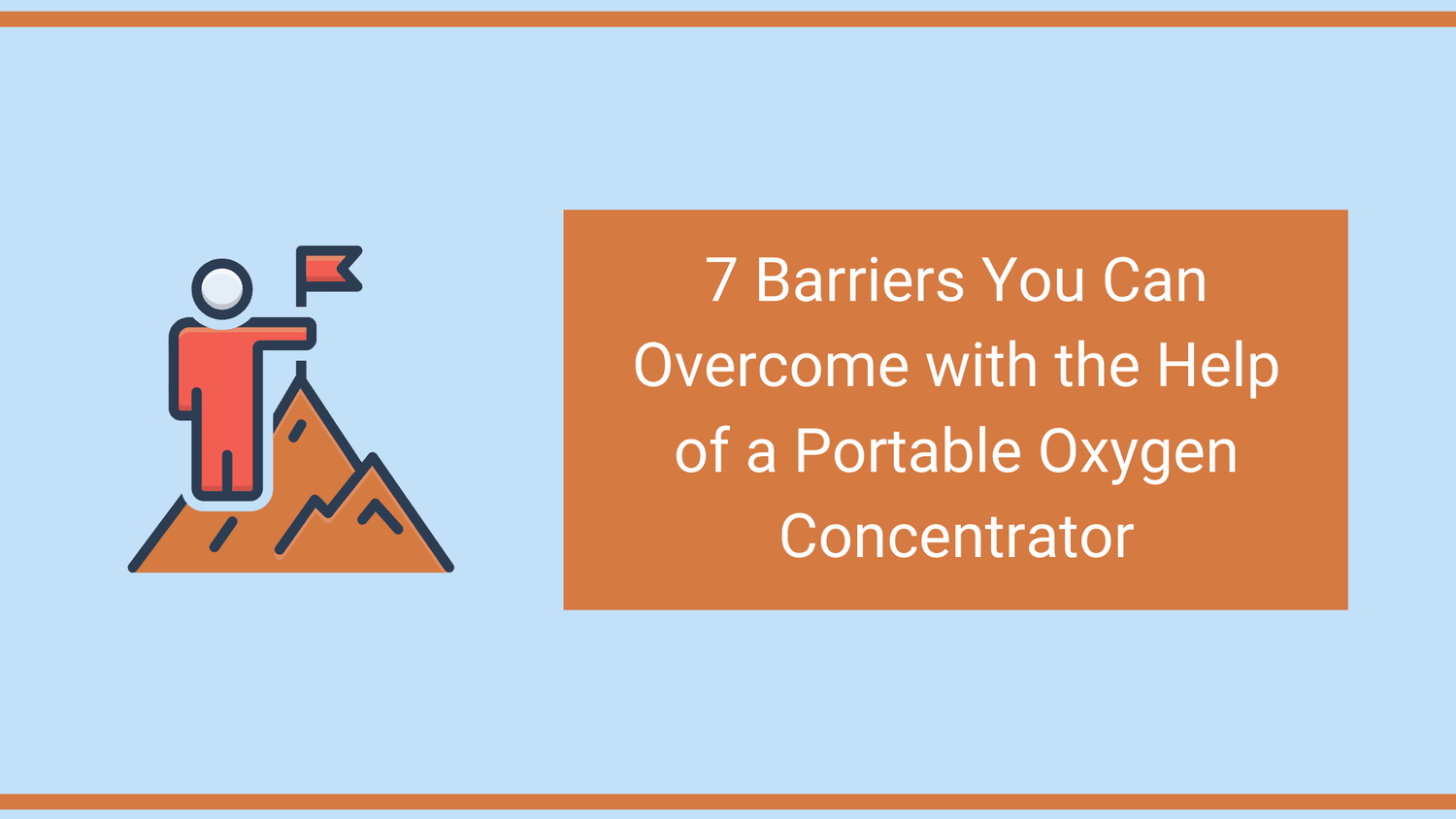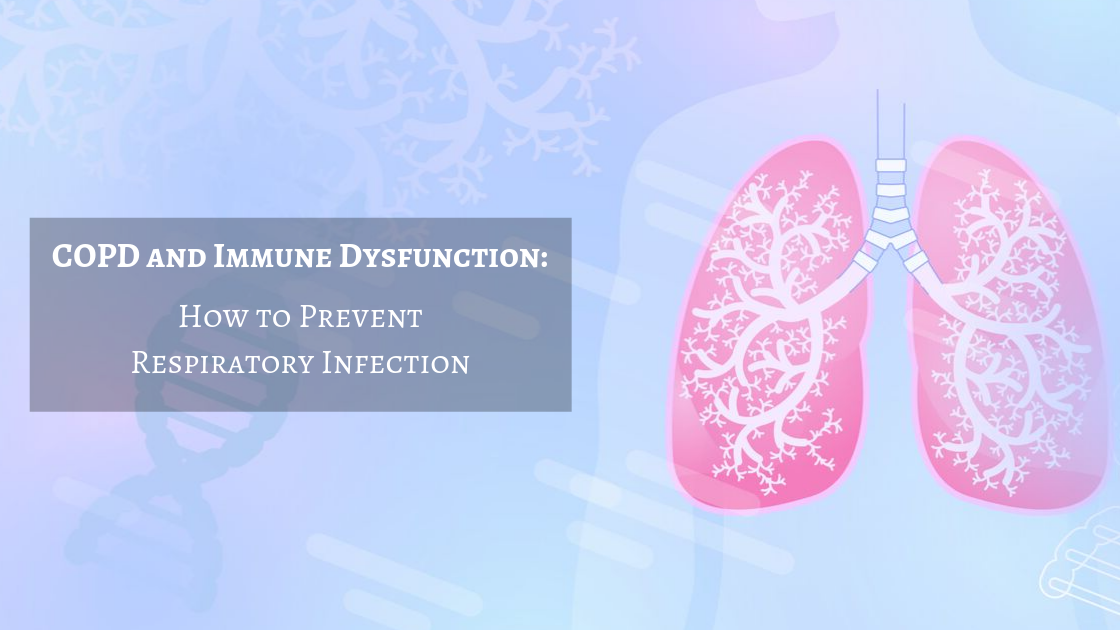Respiratory Resource Center - LPT Medical
Weird COPD Symptoms and How to Manage Them
Chronic obstructive pulmonary disease (COPD) is a disease...
Read More7 Barriers You Can Overcome with the Help of a Portable Oxygen Concentrator
Life is full of obstacles that we need to...
Read MoreCOPD and Immune Dysfunction: How to Prevent Respiratory Infection
No matter where you are or what you’re doing,...
Read More


